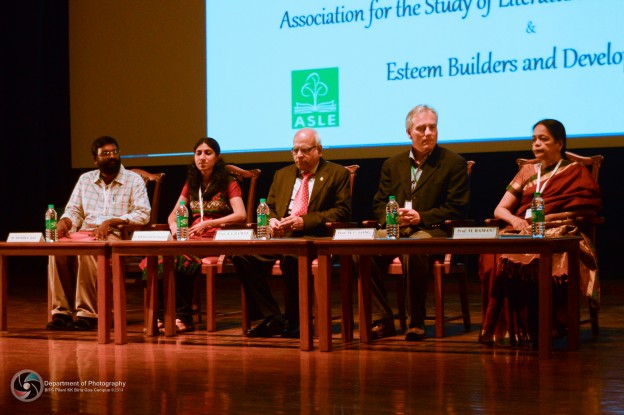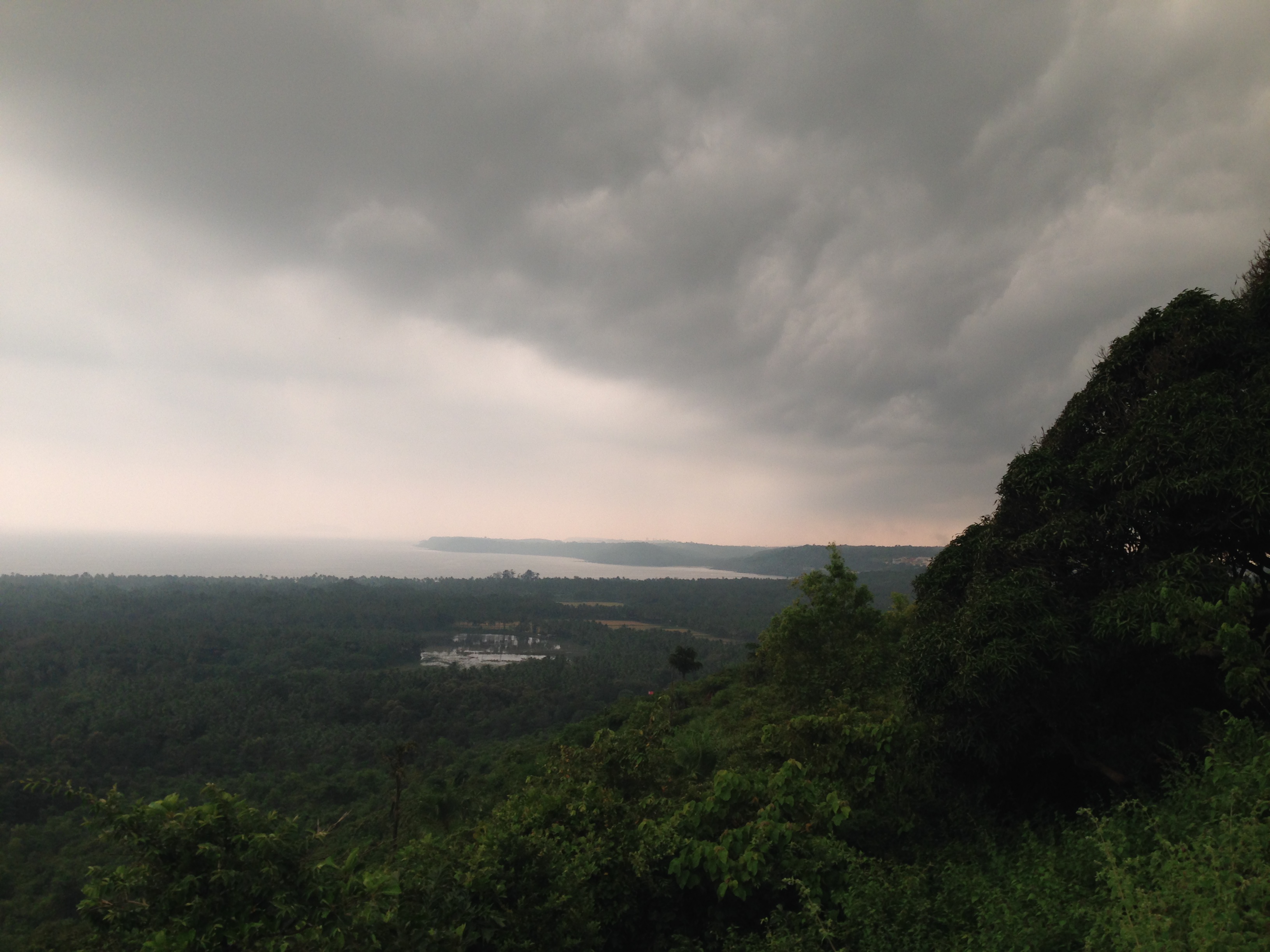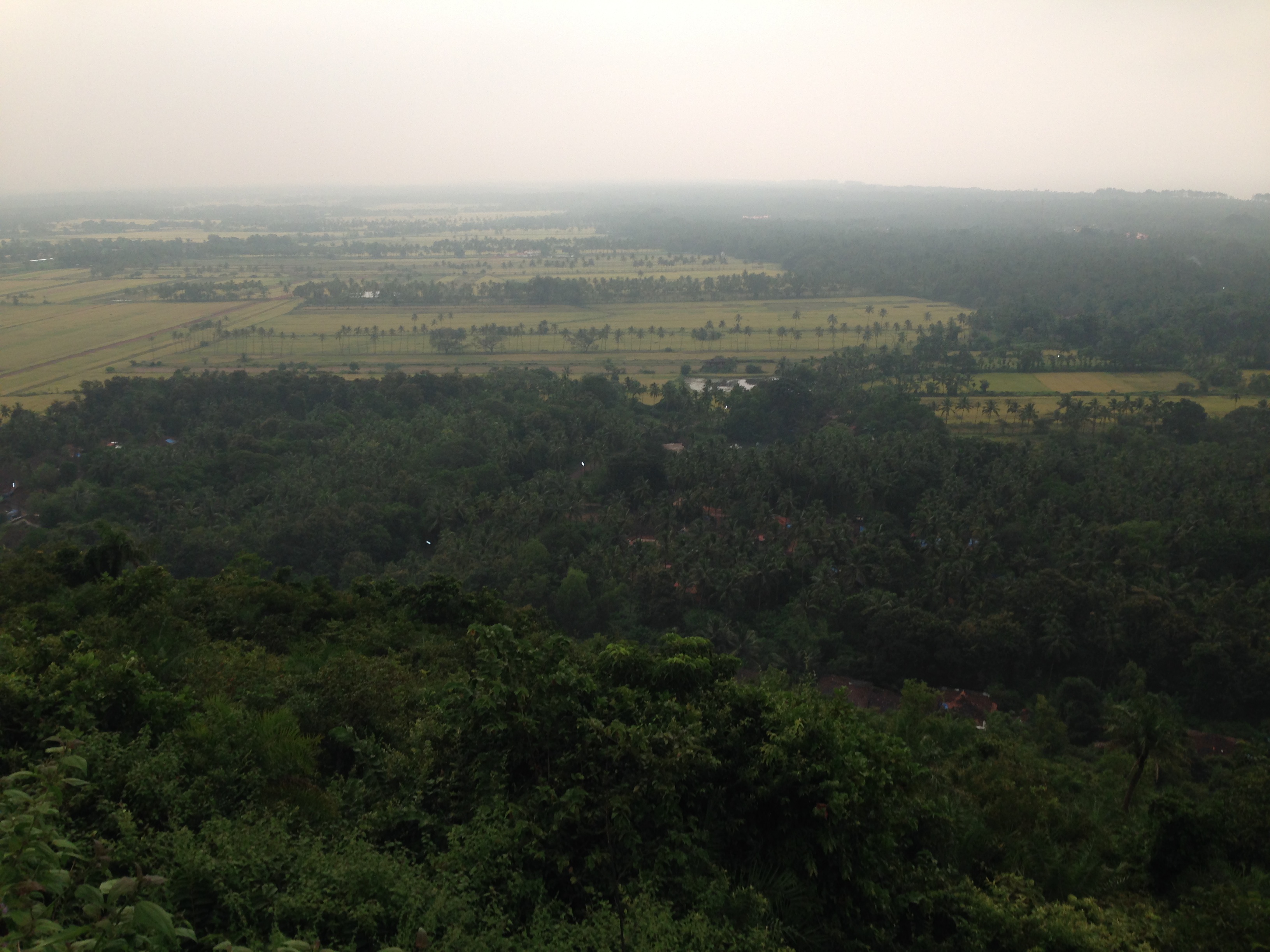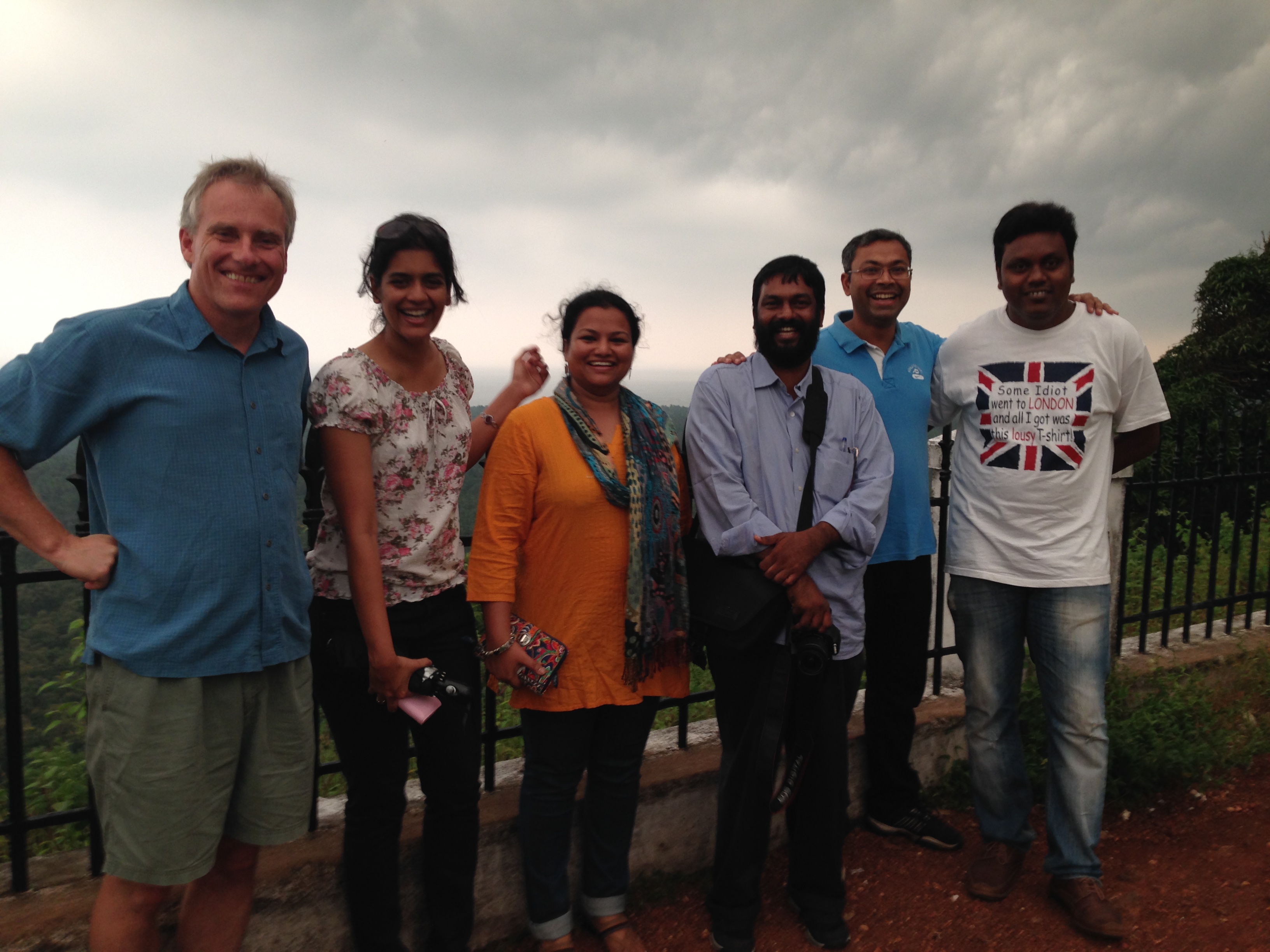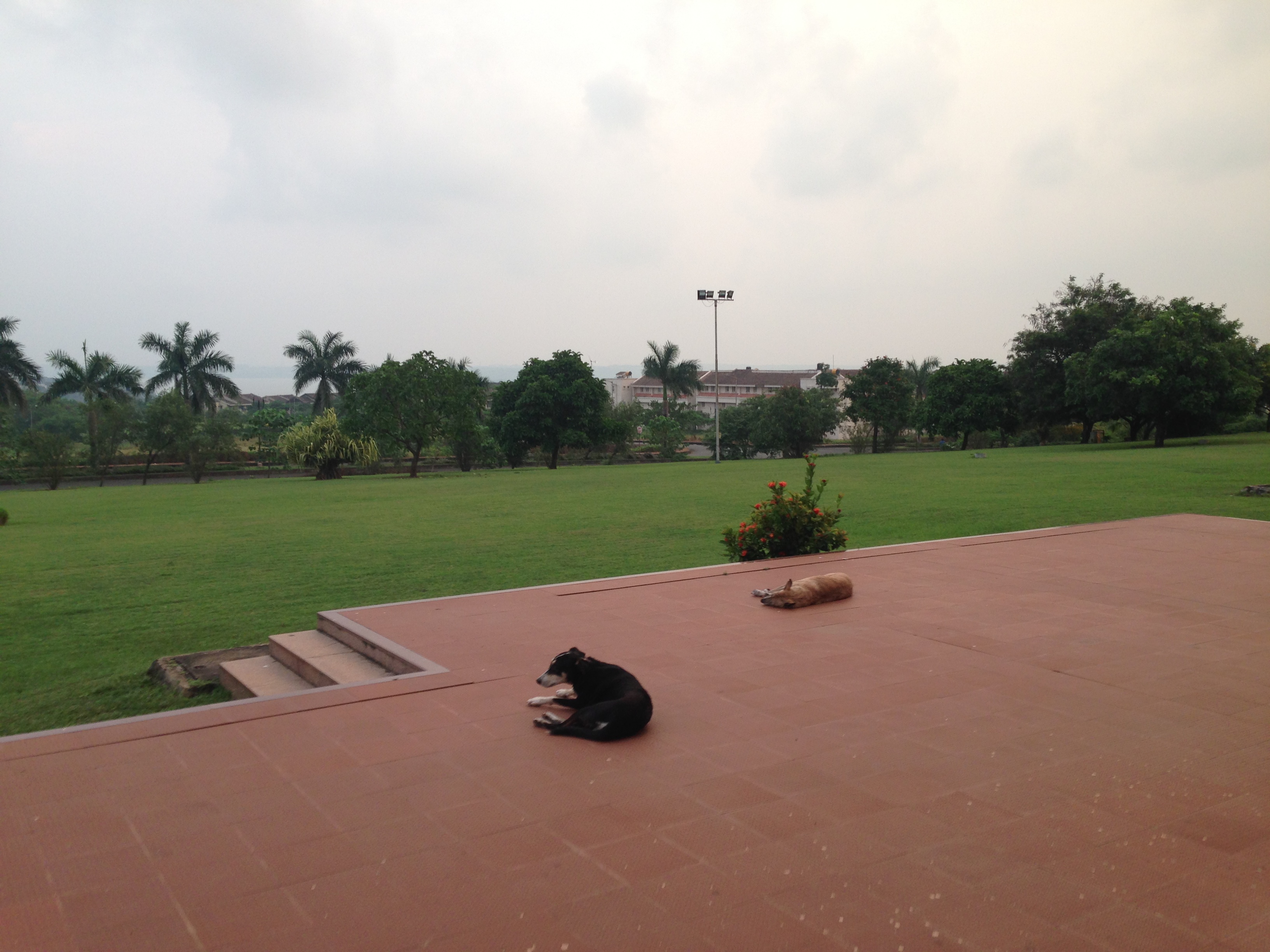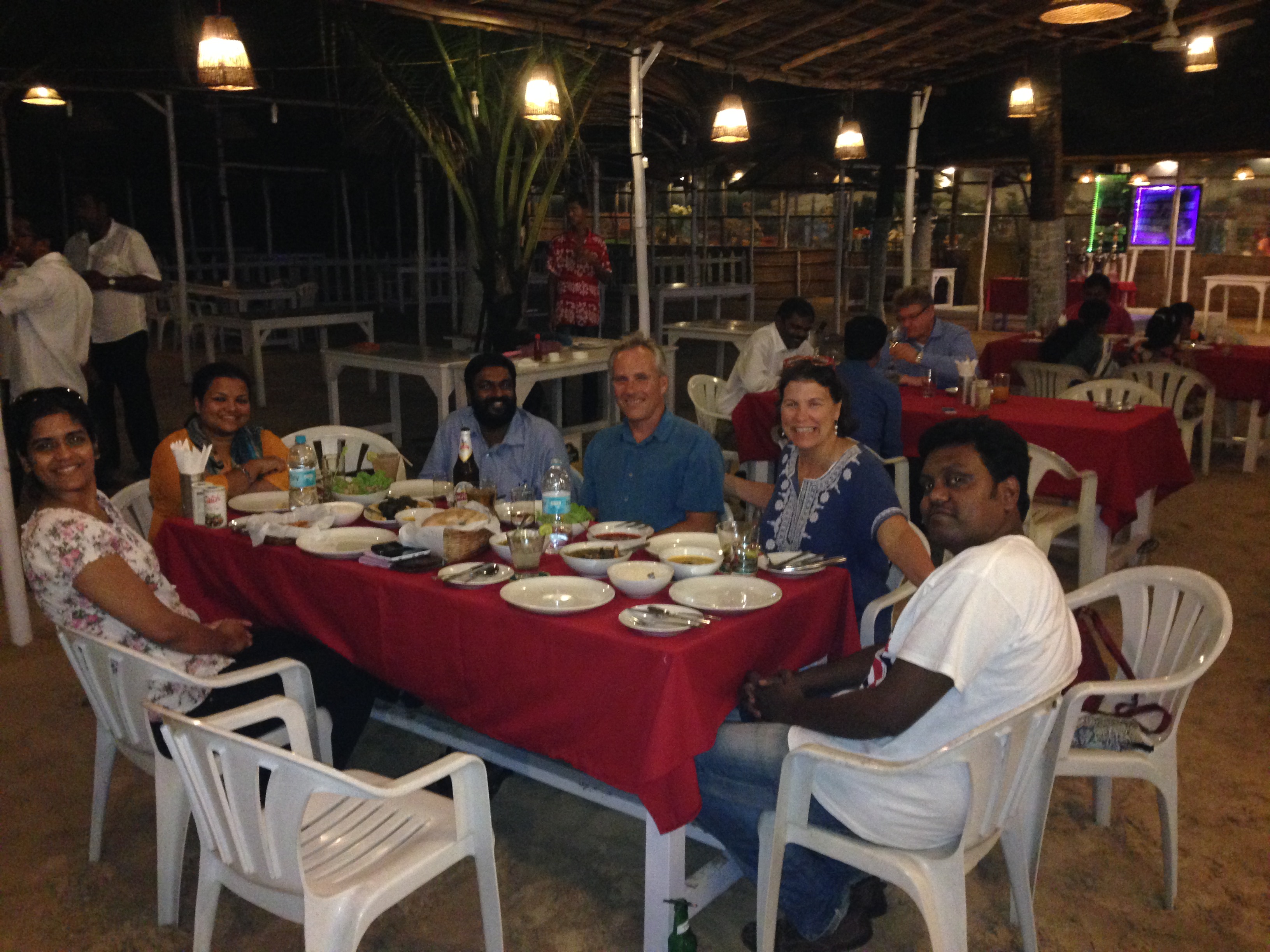“The true artist, like the true scientist, is a researcher using materials and techniques to dig into the truth and meaning of the world in which he himself lives. . . .”
-Paul Strand, Letter to the editor of the Photographic Journal 103.7 (1963): 216.
Sixty years ago, in June of 1955, an international symposium on the relationship between the human and the earth was organized by the Wenner Gren Foundation for Historical Research in Anthropology. Convened in Princeton, New Jersey, “Man’s Role in the Changing Face of the Earth” honored George Perkins Marsh’s 1864 book Man and Nature. The symposium brought together seventy participants to further, in the words of the Wenner-Green Foundation President Paul Frejos, an understanding of the human and the earth “by synthesis, transcending the limits of present disciplines or branches of science” (vii). The conference participants, in fact, were chosen not to represent academic disciplines; and, as the symposium unfolded, in the words of one of the organizers, Marston Bates, “less and less was said in defense or in support of a particular disciplinary association” (1132).
One of the conveners of the symposium, Carl O. Sauer, professor of Geography at the University of California, Berkeley, raised the present and future condition of the earth as a principal ethical concern. In the words of Marston Bates, a professor of Zoology at the University of Michigan, and also a co-convener of the symposium, “What sort of world is it that we want, and can we get it?” (1134). In his summary remarks on the proceedings, Bates insisted, “the sciences and the humanities form a false dichotomy, because science is one of the humanities” (1139). The third principal organizers of the symposium, Lewis Mumford, reminded the participants that “within the limits of earth’s resources and man’s biological nature, there are as many different possible futures as there are ideals, systems of values, goals and plans, and social, political, educational, and religious organizations for bringing about their realization” (1150).
In linking ideals and systems of values to collective organizations and institutions, Mumford suggests a direction for one of my primary fields of work, ecocriticism and the environmental humanities. In preparing a keynote address that I delivered in Goa, India, this month I found myself reading in the two-volume proceedings of the International Symposium edited by William L. Thomas, Jr. in collaboration with the principal organizers of the symposium, Carl O. Sauer, Marston Bates, and Lewis Mumford, a historian, philosopher and literary critic. The Princeton Symposium reminded me of the challenges we face when ideals and systems of values run up against less agile organizations and institutions.
Since at least the publication of David Orr’s important 1990 book Ecological Literacy: Education and the Transition to a Postmodern World, those of us who work in the environmental humanities have been aware of how individual research agendas and narrow professional incentives do not directly address ecological literacy or sustainability. Orr makes a case that our individual work as research scholars will and should continue. But he is convinced that this work holds less promise in addressing the global predicament of environmental crisis. In essays with titles such as “The Problem of Education,” “What is Education For?” and “Place and Pedagogy,” Orr argues that our current ecological crisis is associated with a failure of education. We face a moral and the ethical obligation, he concludes, to rethink our professional activities as well as to transform the institutions where we work.
Why is this rethinking so difficult to do? In my recent keynote address at the Birla Institute of Technology Pilani Goa, I suggested to the international gathering that we need more activism within our places of work, as new kinds of interdependence are increasingly a feature of our educational institutions. In the United States, for example, professors and students are designing and implementing curricular models that emphasize collaboration across disciplines and fields of study—from applied and problem-based learning to service learning initiatives and projects involving students, teachers, and local citizens or community groups. In Goa, I encouraged my audience to imagine new ways to integrate ecological, ethical and social contexts in the work of the humanities. I called on the words of a colleague, and former president of ASLE, Ursula Heise, who argues that the environmental humanities by definition “seeks to respond to the call for new institutional formations to correspond to innovative kinds of knowledge. . . [and] also to translate humanistic research more effectively into the public sphere” (“Comparative”). And yet I cautioned that transformations of academic programs and institutions requires valuing this work—among our peers, in our disciplinary associations, as well as in faculty promotion and retention standards. For it is easy to say that our activities are constituted in socially constructed systems, and that our activities can reconstitute those very systems. It is much more difficult to do.
In preparing my remarks for BITS Pilani Goa, I learned that the Birla Institute was founded by the industrialist Ghanshyam Das Birla who voiced a broad and progressive approach to education. “What do we propose to do here?” he asked. “We want to teach real science, whether it is engineering, chemistry, humanities, physics or any other branch.” The next generation of the Birlas speak in similar language. Here is Basant Kumar Birla echoing the same educational ethos. “For a rich and full life, interest and involvement in Fine Arts, Music, Literature, Social, Cultural and Spiritual activities are essential.” And Dr. Sarala Birla, the wife of Basant Kumar—and daughter of activist and writer Brijlal Biyani—Education is a meaningless ritual, unless it moulds the character of students and imparts in them a strong sense of values.”
In my keynote that opened the conference I asked the hundreds of participants to consider recent trends and future directions in “ecocultural ethics” as intellectual work in our shared study of environmental issues and problems. I shared a few examples of innovative collaborations with students, academic colleagues and community-based groups: faculty and students conducting research together, often by taking the campus or local community as a site for the inquiry (a pedagogical model, by the way, that responds well to the call for surveys of employers and business leaders—in the US and in The Times of India that I read in Mumbai—for the human skills of thinking well, communicating effectively, collaborating, and persuasion; programs, centers, and institutes in which faculty are working on projects not limited by disciplinary, methodological or epistemological differences; and technology initiatives designed to build resources for academics, journalists, and the members of the public.
We then talked, in the discussion period and throughout the conference, about comparable projects and initiatives in India. One of the research scholars was inspired by my talk and invited tribal people to the BITS campus for his presentation. And later, during an evening out with colleagues, I learned more about the generative work of one of the conference organizers (who is collaborating with my English colleague Rayson Alex on the natural and cultural history of a bird sanctuary near Panjim) Solano Jose Savio Da Silva, who works in Development Studies and Political Science.

